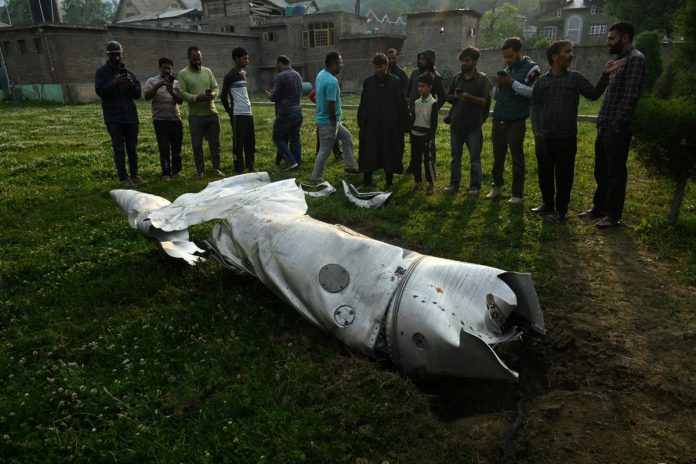In early May 2025, a major shift occurred in South Asia’s military landscape. Without a formal announcement or visible deployment, China played a critical behind-the-scenes role in helping Pakistan counter a large Indian Air Force movement along the border.
The confrontation began with India preparing what many believed would be a powerful aerial show of strength. Over 170 Indian fighter jets, including the advanced Rafales, were positioned for action along the western front.
Intelligence sources believed this was part of an attempt to repeat the kind of strike India conducted in Balakot years ago. However, this time, the response from Pakistan was very different—sharper, more advanced, and far better coordinated.
Unlike in previous incidents, Pakistan was ready. The entire defense network was operating in sync, and Chinese support was embedded deep within the system. Satellite data, long-range missile guidance, radar support, and surveillance assistance—all provided quietly and efficiently—gave Pakistan a strategic edge.
When Indian aircraft moved closer to the Line of Control, they were met with a powerful and unexpected response. Pakistan’s J-10C jets, supported by high-speed missiles and real-time tracking, launched a precise counter. At least one Rafale was reportedly hit, and several others turned back before crossing into Pakistani territory.
What surprised many analysts was the use of high-speed Chinese missiles and advanced coordination between Pakistani jets and ground systems. The Indian jets were unable to detect threats early enough to respond, leading to a strategic retreat. The usual tactics of Indian air superiority did not work.
Experts now say that China did not need to send its own jets into battle to influence the outcome. Instead, it provided Pakistan with the tools, training, and systems that could outmatch even the most advanced platforms. Pakistani forces, familiar with the technology and supported by Chinese intelligence links, used these assets with precision.
The result wasn’t just a failed Indian air mission—it was a broader lesson about modern warfare. Coordination, information-sharing, and long-range targeting are now more important than just flying advanced jets.
Military experts suggest that this event may lead to a shift in India’s air strategy. While platforms like the Rafale were once seen as unbeatable, this incident showed that even high-tech jets are vulnerable without strong network support.
As tensions cool, one fact remains clear: the skies over South Asia are no longer controlled by one side. China’s indirect but significant involvement has given Pakistan an edge that may reshape future military planning in the region.
This wasn’t just a moment of defense it was a demonstration of how silent partnerships and digital warfare can shape the outcome without ever being directly seen.


